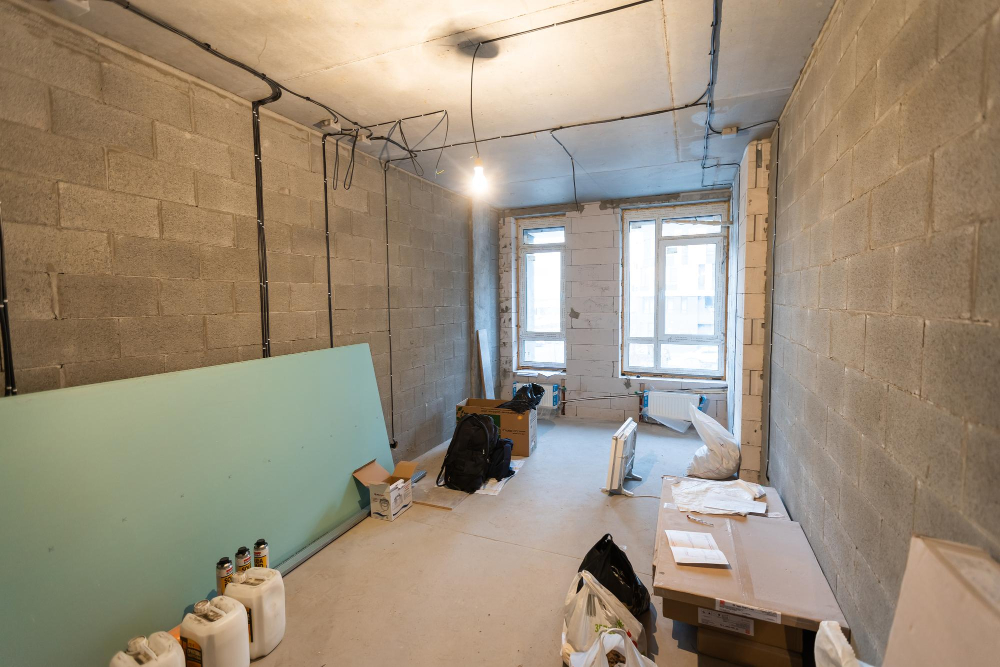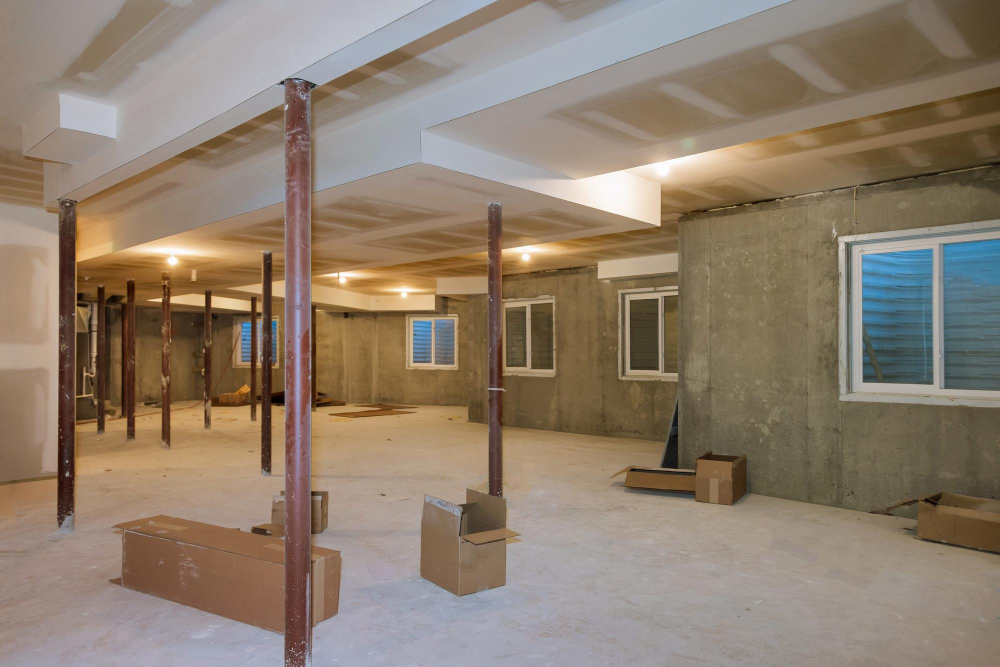Excavating a basement is a complex procedure that demands precise planning, expert coordination, and skilled execution to ensure safety and structural integrity. In a bustling city like London, space is at a premium, making basement conversions and excavations a smart solution for homeowners. When considering a Basement Excavation Service in London, understanding the most popular excavation methods can help you make informed decisions.
- Traditional Bottom-Up Excavation
This is one of the most common and straightforward techniques used in residential projects. It involves digging from the ground level downwards in layers. As the excavation progresses, temporary retaining walls or underpinning support the existing structures. This method is reliable and well-suited for homes with enough surrounding space and minimal access constraints.
- Top-Down Excavation
Ideal for properties with limited space or located in densely populated areas, the top-down method starts with constructing the permanent structure at the ground level and then excavating downward beneath it. This allows for the building work to proceed above ground while basement construction continues below, saving time and ensuring structural stability. Many high-end Basement Excavation Services in London use this method in urban developments.
- Underpinning Method
Underpinning is used when an existing foundation needs to be strengthened or extended to allow for a deeper basement. This involves carefully removing sections of the ground beneath the current foundation and filling it with concrete in stages. It’s a slow but precise process, perfect for preserving the structural integrity of older or delicate buildings.
- Piled Retaining Wall Excavation
This technique is commonly used when deep basements are planned, especially in larger properties or commercial buildings. It involves drilling piles into the ground around the perimeter of the planned basement area. These piles act as retaining walls while the inner soil is excavated. This method offers strong structural support and is effective in poor soil conditions or where nearby properties may be affected.
- Sheet Piling Method
Sheet piling involves inserting steel sheets vertically into the ground to create a retaining wall before excavation begins. This is typically used in areas with soft soils or when water resistance is necessary. It’s fast to install and ideal for temporary support, especially in construction zones with a high water table.
These excavation methods differ depending on factors like soil condition, the structure of your existing property, the surrounding area, and how deep the new basement will be. When looking for a Basement Excavation Service in London, it’s crucial to partner with seasoned experts. CSMANLTD offers in-depth site assessments and recommends the safest, most effective excavation technique tailored to your specific project needs.



